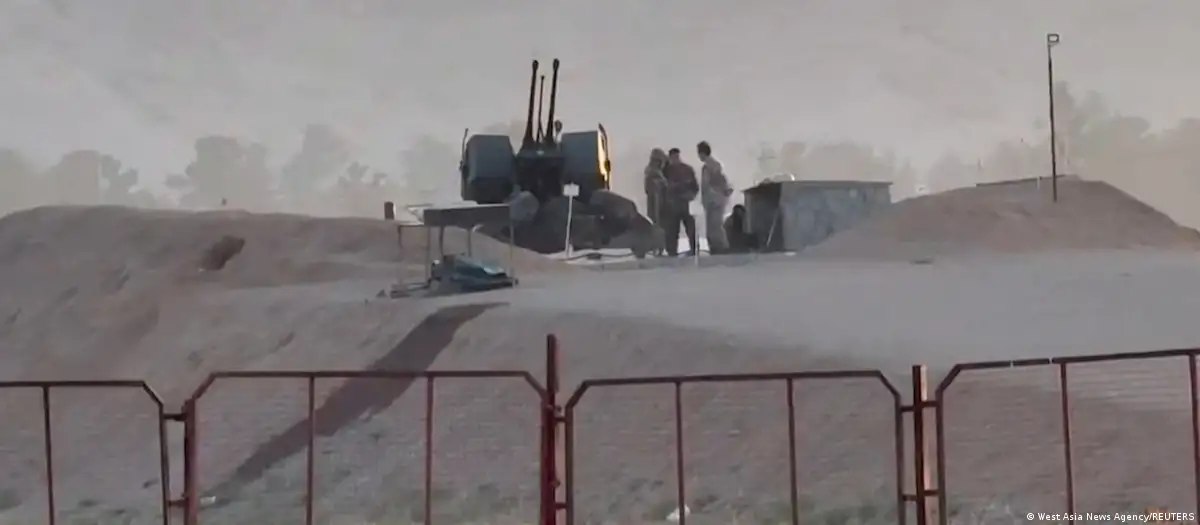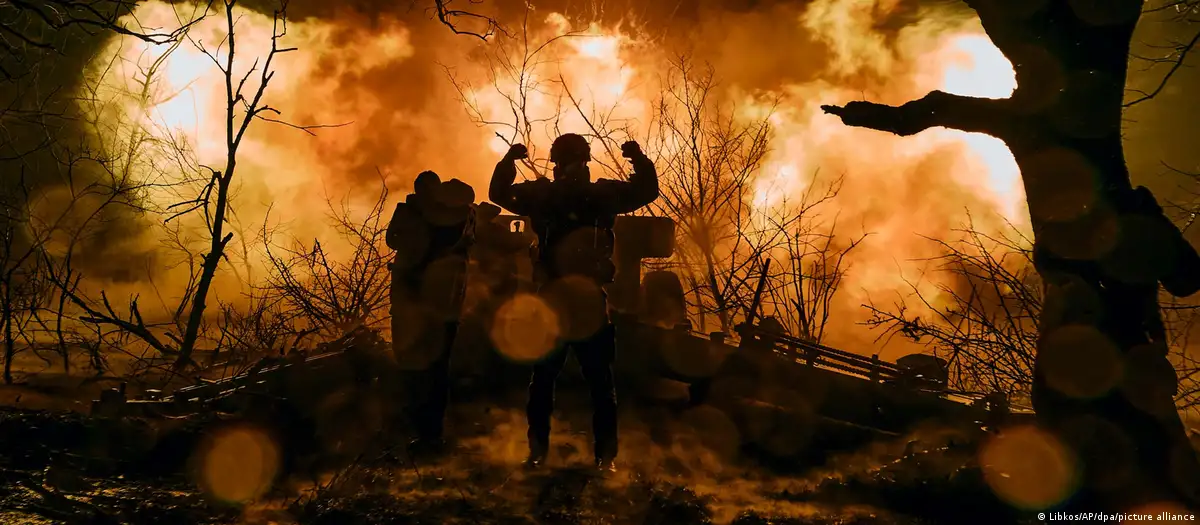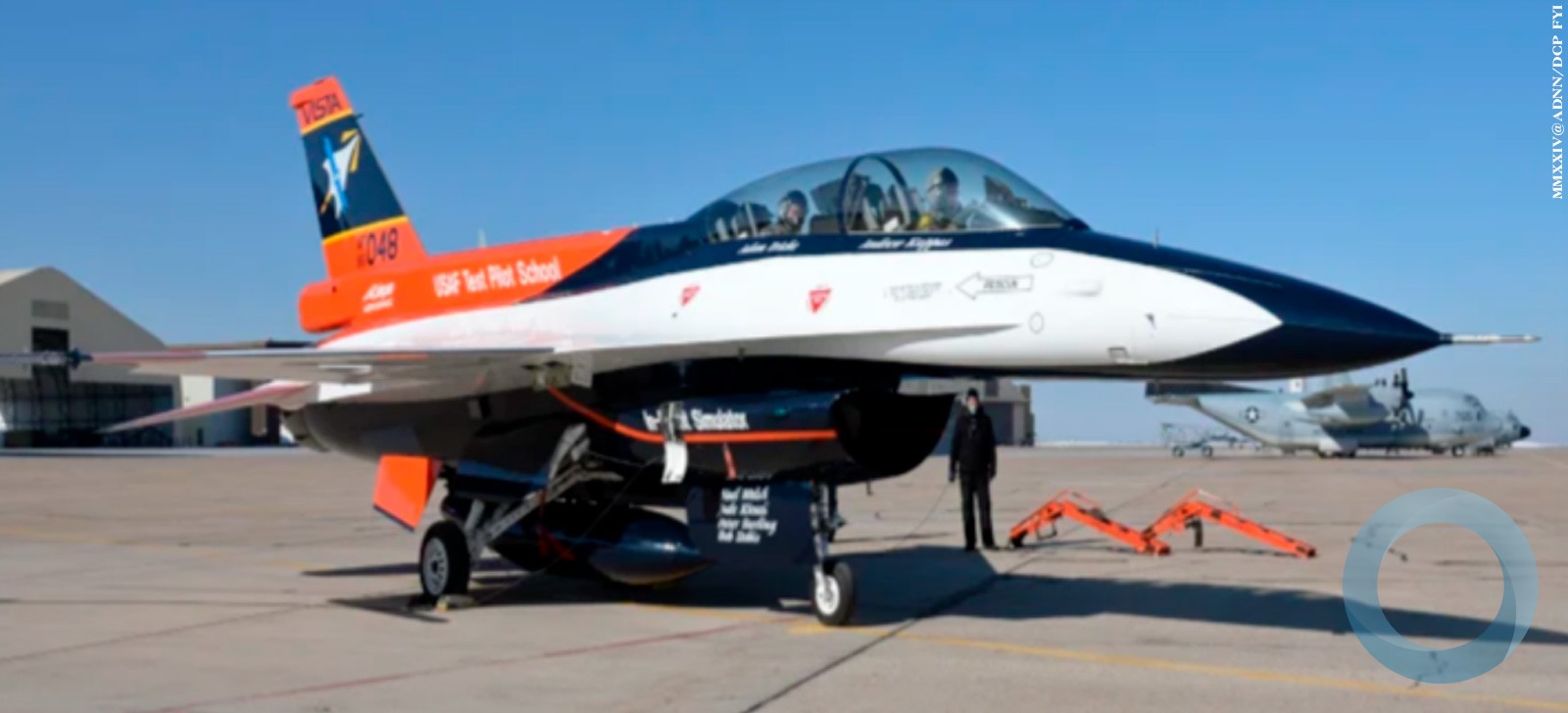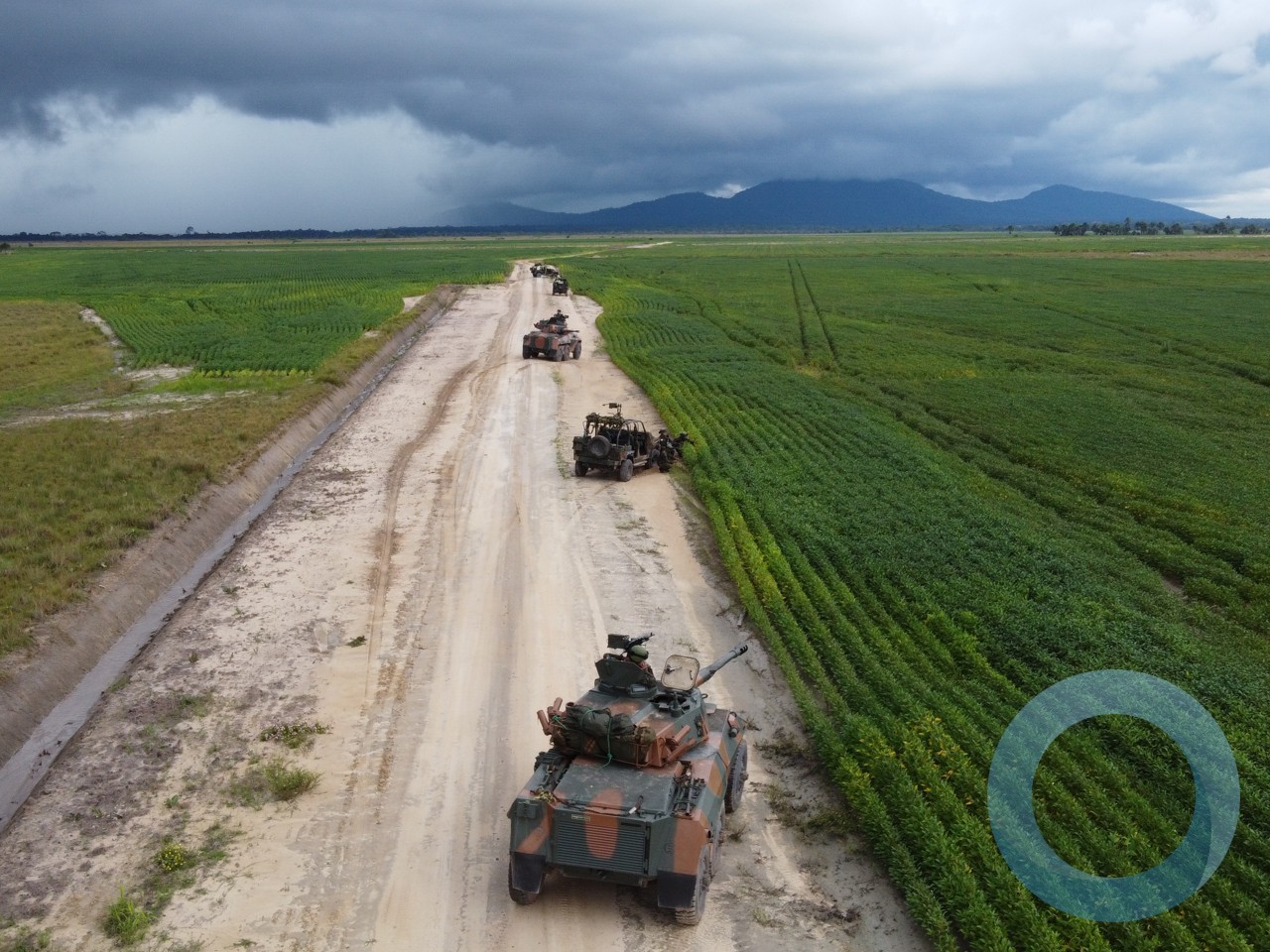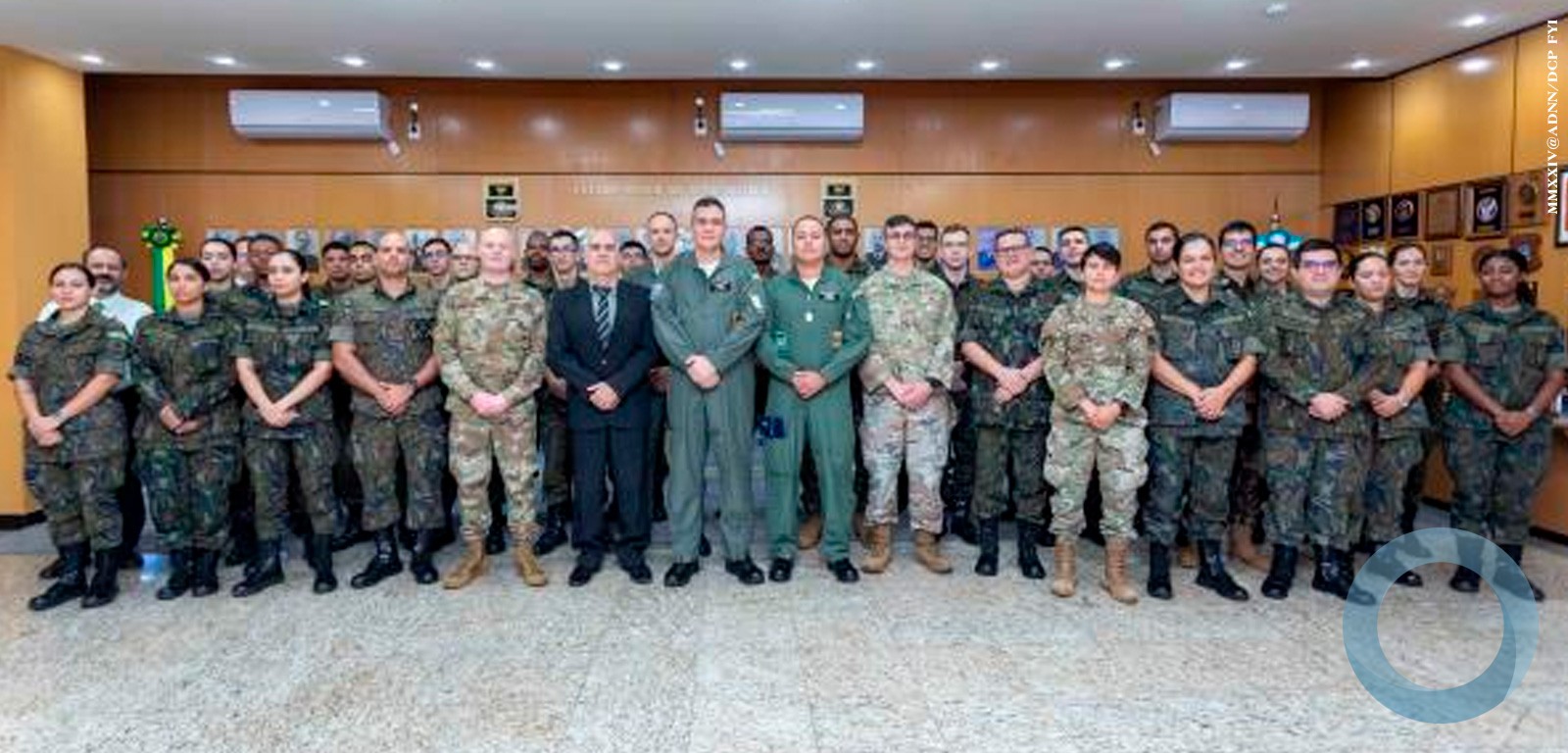At the LAAD exhibition which takes place between 14th and 17th April, 2015 in Rio de Janeiro,MBDA will be showing the Company's unique capability in providing cutting-edge technological solutions in the area of guided weapons for the armed forces (air, sea, land). Highlights will include MBDA's Meteor beyond visual range anti-air missile (BVRAAM).
This product has been praised as a true breakthrough in the area of air superiority. Other products on show on the stand will include new-generation naval and land air defence systems offering the high flexibility of the CAMM (Common Anti-air Modular Missile).
AIR DOMINANCE
Meteoris a six-European nation programme that will provide the key future BVR air-to-air armament for the Gripen, Rafale and Eurofighter. This missile’s very long range combined with its ramjet-induced speed result in a weapon that has an unequalled No Escape Zone. In fact the METEOR has been designed to be many times superior to the most sophisticated current and emerging MRAAM threat.
Visitors will be able to see a full scale Meteor model on the MBDA stand, a smaller scale model will also be presented fitted to a model of the Gripen. The E & F variants of this aircraft won the Brazil FX-2 competition in December 2013. With 36 aircraft on the production line, deliveries are scheduled between 2018 to 2023.
The Gripen is one of the three European platforms involved in the Meteor programme. This is why this Meteor-compatible aircraft will be one of the key products MBDA will be showing at the exhibition. Key features of Meteor include the missile's very-high speed capability, especially during the final crucial moments of the mission known as the "end game", thus ensuring the highest levels of agility to defeat any attempted evasive manoeuvre carried out by the intended target. The Gripen has become a key player in the programme with firing tests having taken place from this platform since 2006.
Brimstone
Also on show on the Gripen will be Brimstone from MBDA. This highly efficient air-to-surface weapon offers easy integration on a wide range of platforms, and its high-capability seeker includes both a millimetric wave radar and a semi-active laser (SAL). Brimstone has demonstrated its highly reliable precision capability under combat conditions during operations in Afghanistan and Libya.
Recent trials have also shown the missile's precision capability against swarming land vehicles moving at 70 mph (112 km/h), as well as its unique capability to neutralise fast inshore attack craft (FIAC), which have become a real threat in shallow waters (Brimstone has performed successful firings against FIACs both in air and surface-launched scenarios).
AIR DEFENCE
CAMM
The latest addition to MBDA's catalogue of air defence systems is the CAMM (Common Anti-air Modular Missile). This missile is being developed for deployment in new systems which will replace the Seawolf naval and Rapier ground based systems which are currently in service within the British armed forces. In addition, CAMM will eventually be used as a technology base for the future development of MBDA’s ASRAAM air-to-air missile.
CAMM is highly flexible in terms of its possible applications and offers multiple operational benefits. As a soft-launch system, it can be easily installed as a new build or refit on ships without requiring any special adaptations for efflux management. In 2013, MBDA received an order from the UK Royal Navy (RN) for the development and production of the naval CAMM, now referred to as Sea Ceptor.
The Sea Ceptor will first replace VL Seawolf on the RN’s fleet of Type 23 destroyers and then be transferred to its new Type 26 frigates (Global Combat Ship). Sea Ceptor won its first export contract last year, when the Royal New Zealand Navy selected the weapon as part of its ANZAC frigate upgrade programme.Towards the end of 2014, Sea Ceptor was chosen by a second export customer when the Brazilian Navy selected the system to provide the air defence for its four new Tamandaré class corvettes.
CAMM as part of Sea Ceptor for future Naval operations
As part of the Sea Ceptor weapon system, CAMM provides a 360° air defence capability for naval forces out to ranges greater than 25km against the current and future air threat. Requiring no dedicated tracker/illuminator radars, CAMM can be cued by the ship’s own standard surveillance radar to provide high levels of protection against multiple simultaneous targets in open ocean and littoral environments. The introduction of “soft launch” techniques reduces system mass and allows for more flexibility in terms of installation positions on a ship.
CAMM for future Land operations
As part of a land based weapon system, CAMM will provide future land forces with an easily transportable and rapidly deployable local area air defence capability, which can operate as a stand-alone unit or be integrated within a future battlespace network. If third party targeting information is available via the battlespace network then CAMM is capable of engaging Non Line of Sight (NLOS) targets. This NLOS feature is particularly attractive for engaging concealed Attack Helicopters and low-flying terrain-following cruise missiles.
Aster
MBDA is involved in the major development programmes worldwide, both in land and naval defence. With the Aster missile, MBDA is a key player in this technological area and the Company's systems are capable of defeating the whole range of air threats, from combat aircraft through to UAVs and cruise missiles. Aster has demonstrated its capability through a great number of successful firing tests. The Aster missiles have shown their high capacity against a wide variety of targets, from supersonic anti-tank missiles to ballistic missiles. It will be presented on the MBDA stand at the LAAD exhibition.
MPCV (Multi Purpose Combat Vehicle)
MPCV has been designed to provide air defence units with a highly mobile weapon system featuring excellent crew protection and high fire power. The system benefits from all the performance advantages offered by the MISTRAL missile, most specifically its fire-and-forget capability as well as its ease of operation, high reliability and its unrivalled kill probability.
Suitable for day and night engagements, this very short range air defence system, which can be integrated onto a wide range of armoured, high-mobility vehicles having a 3 ton payload capacity, comprises:
– An automated turret with an electro-optic sensor suite and a self-defence machine gun
– A fire control system
– Communication systems
The turret comprises a gyro-stabilized EOSS day/thermal sensor suite with integrated laser rangefinder, developed by Rheinmetall Defence Electronics (RDE) of Germany.
MPCV, with four ready-to-fire Mistral missiles (plus 4 additional munitions inside the vehicle), permits the interception of manoeuvring air targets at ranges exceeding 6 km and altitudes exceeding 3,000 m.
MARITIME SUPERIORITY
Many countries in Latin America have an extensive coastline and hence all need the capacity to detect and control external vessels, both at sea and near shore to ensure full homeland security. This is why MBDA offers a full range of security and surveillance solutions, including the Exocet and Marte missiles. These multirole missiles are available in fixed and mobile versions, and in the form of surface-launched missiles. Both products will be shown at LAAD.
Exocet
The capabilities of Exocet, which have been constantly evolved since the weapons first introduction into service, are widely recognised and over 30 countries around the world look to it as their main anti-ship system (over 3,500 units have been sold to date).
The AM39 air-launched version of Exocet has been digitised to be able to meet the requirements of modern air platforms, such as the EC725 Caracal helicopter, a model of which will be displayed on the Helibras static display. Exocet MM40 Block 3 – has become the most advanced weapon in the 200 km class of anti-ship weapons which, in addition to its traditional characteristics, now has the ability to strike fixed land targets in the littoral. EXOCET SM39 is launched from a submarine’s torpedo tubes enclosed in a VSM (Véhicule Sous Marin).
The VSM, a self-propelled and guided container, manoeuvres before surfacing so as not to reveal the position of the submarine. Once in the air, the Exocet missile leaves the VSM and proceeds to the target like a normal surface variant of the missile.EXOCET SM39 has been ordered by several export customers to equip Scorpène class submarines.
Marte
The Marte missile is also highly flexible. The MK2/S version will be displayed at LAAD on a model of the CN – 295 MPA, an aircraft currently operated by the Brazilian, Chilean and Colombian armed forces. Also exhibited will be the MK/N variant of the missile, to illustrate the different launch options of the Marte missile.
Sea Venom
MBDA is developing a solution to meet the requirements of the British and French navies for a future helicopter-launched anti-ship missile. In the UK this requirement is referred to as the Future Anti-Surface Guided Weapon (Heavy) or FASGW (H) and in France as Anti-Navire Léger (Light Anti-Ship) or ANL. Many of the requirements are common including much of the maritime and land target set, which covers a spectrum from FIAC to Corvette and typical littoral land targets.
Weighing around 100kg and with a stand-off range of around 25km, this missile will replace two other anti-ship missiles within the MBDA product portfolio. Sea Skua is used on the UK Royal Navy’s Lynx and on the Sea King, Lynx and AB212 helicopters of seven other countries, including the navies of Germany, Brazil, Malaysia, Kuwait, Turkey and South Korea. The AS15TT is used on the Panther helicopter operated by Middle Eastern forces. FASGW/ANL will equip the Royal Navy’s AW159 Wildcat helicopters and the French Navy’s helicopters. Suitable for both blue water and cluttered littoral operations, FASGW/ANL represents a major advance on the generation of missiles which it will replace from a technological standpoint.
BATTLEFIED ENGAGEMENT
MMP
At the end of 2013, France notified MBDA of a contract for the development and production of a truly fifth generation ground combat system known asMMP. This system will be a vital addition to MBDA’s range of battlefield systems as it will provide a worthy successor to the anti-tank missile Hot. Drawing on experiences gained from recent conflicts which have shown that delivering effects without collateral damage is a major operational requirement, MBDA has been developing MMP which will feature both “man in the loop” and “fire and forget” capabilities.
The dual-band (uncooled infrared and TV channel) missile can be fired from confined spaces and against non-line of sight targets; in a networked environment it can also accept target coordinates from a third party. Suitable for a wide range of battlefield targets (from tanks to infrastructures) and for dismounted infantry as well for deployment from combat vehicles, MMP’s architecture and technologies position the 4km range missile well ahead of the competition.















